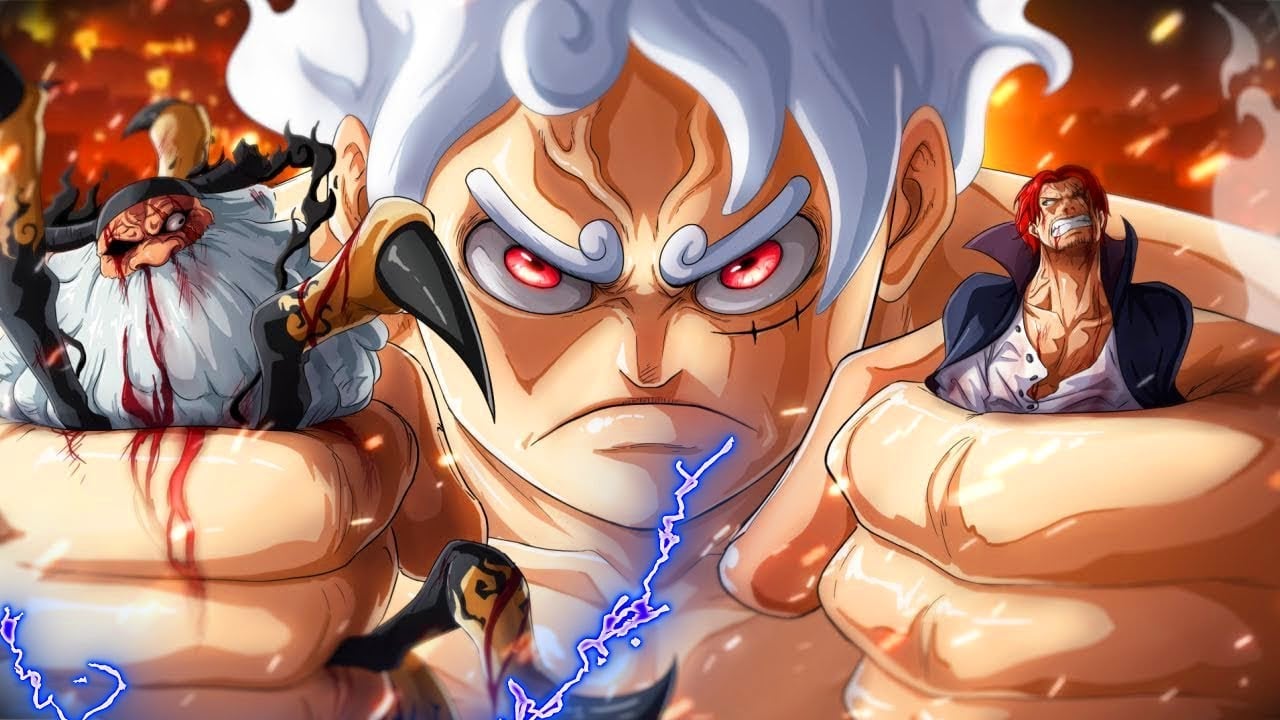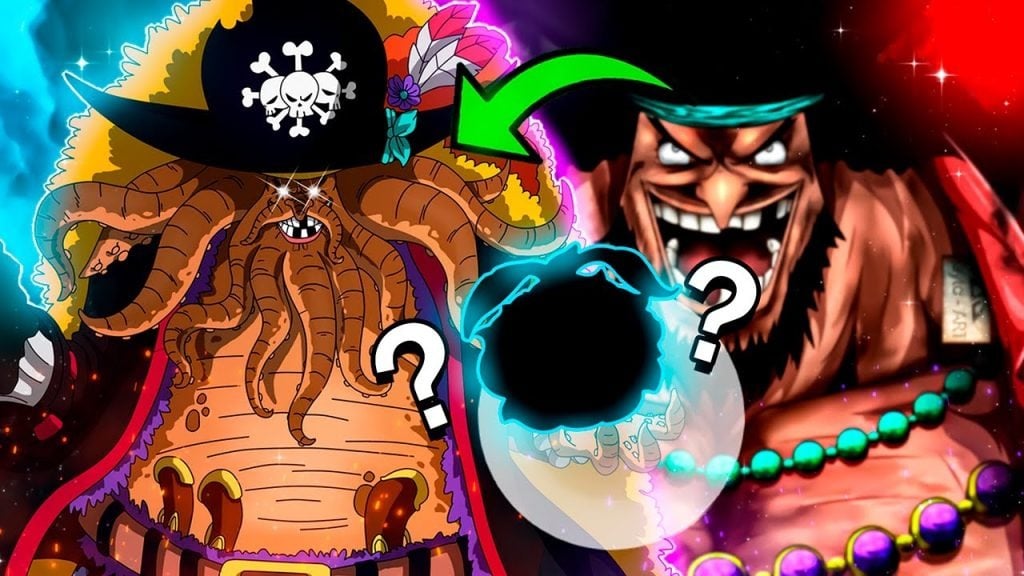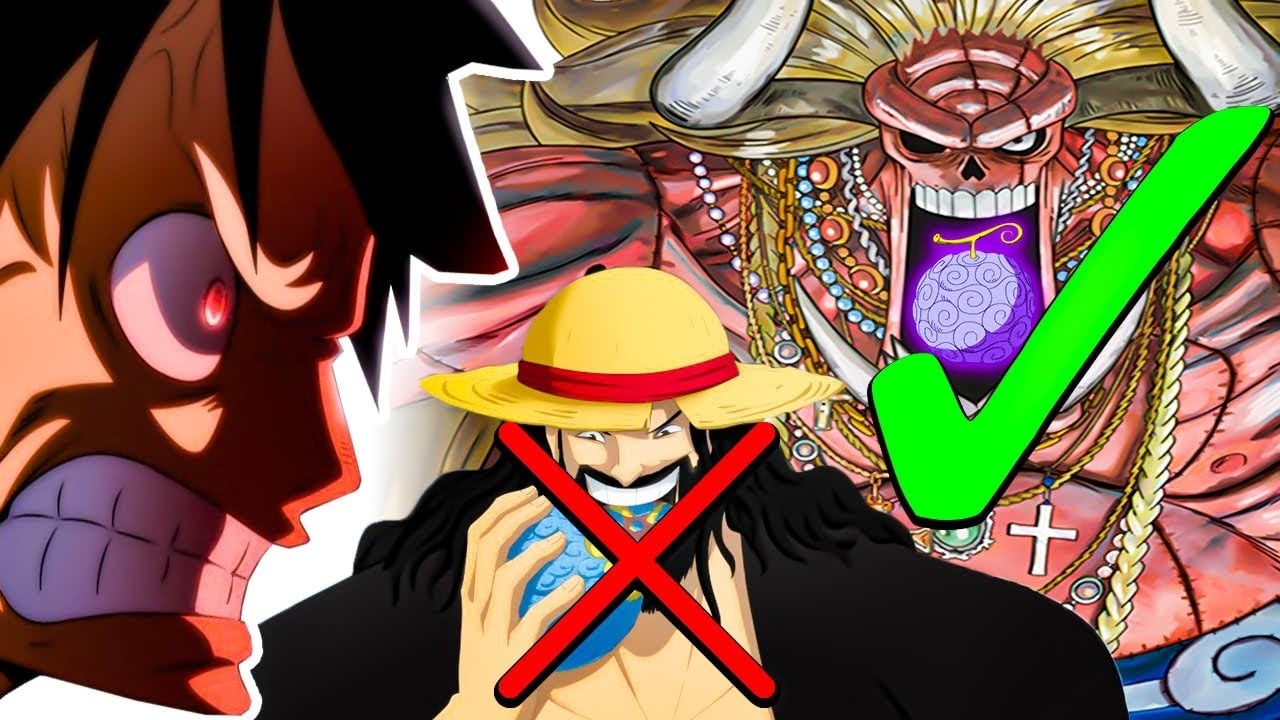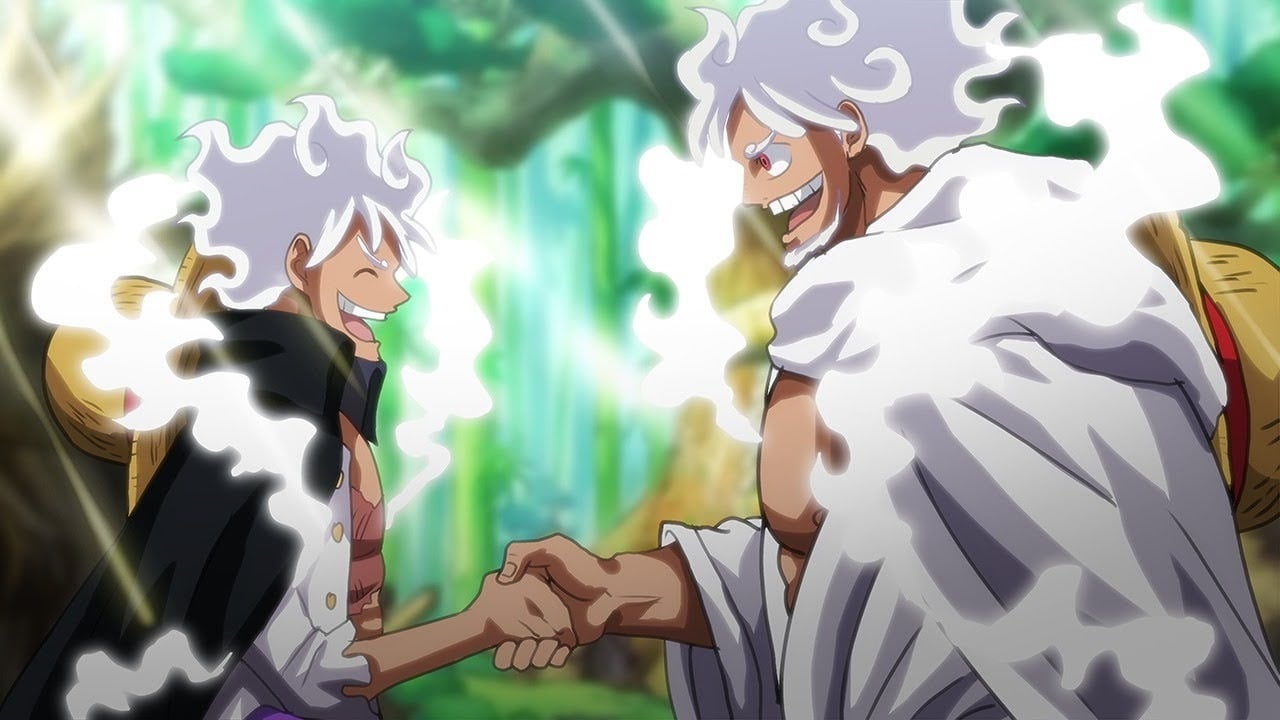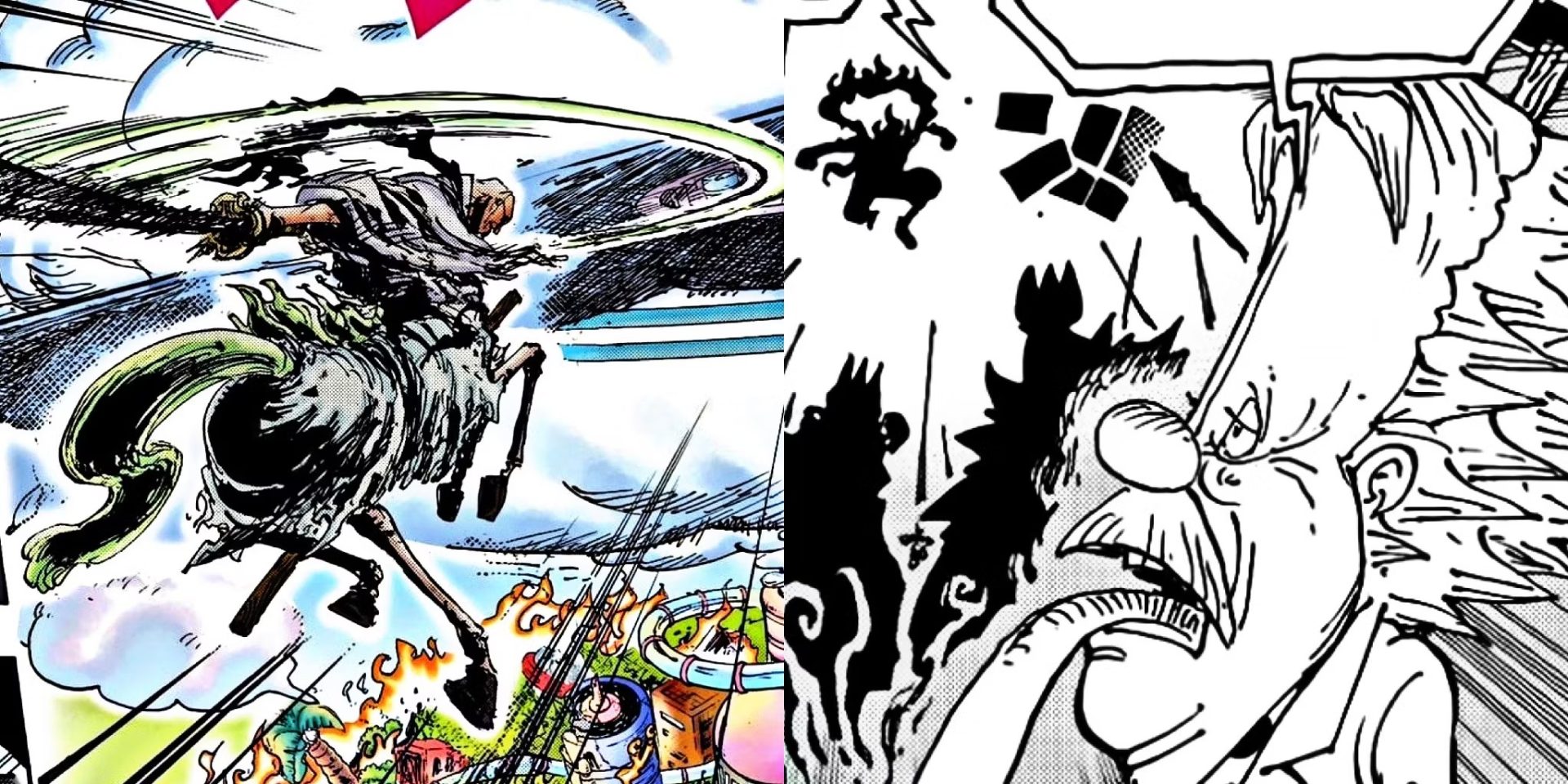is the most infamous transformation in the history of Dragon Ball. Despite the supposedly overwhelming power of this form, its many drawbacks made it absolutely ineffective in combat. Super Saiyan 3, in fact, never managed to win a fight in the series, which left fans quite disappointed. However, there is actually a very good reason why Super Saiyan 3 is so weak, and it fits perfectly with the whole Super Saiyan power system.
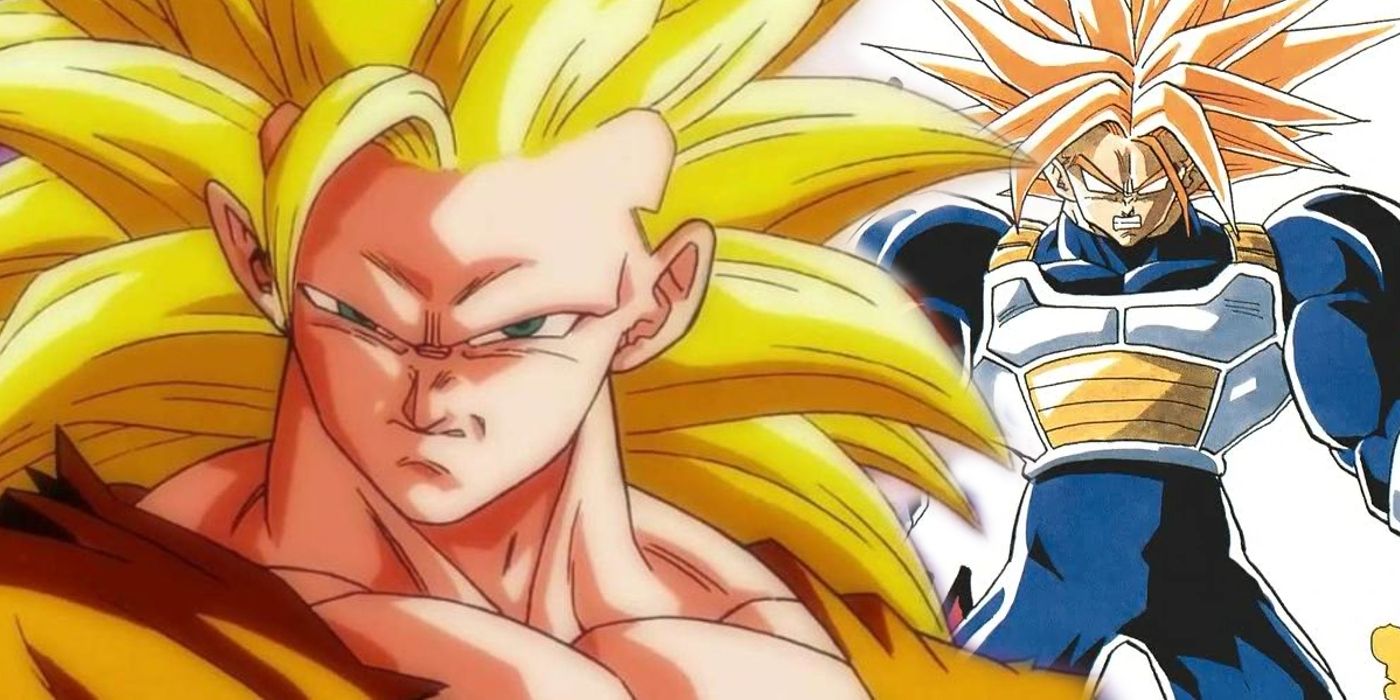
Goku showed his Super Saiyan 3 transformation for the first time during the Majin Buu saga. Thanks to that, he was initially able to overpower Innocent Buu, but he decided to retreat to leave the duty of winning this battle to the next generation of warriors. Later, the Fusion between Goten and Trunks, Gotenks, also displayed the ability to transform into Super Saiyan 3, but once again the excessive energy consumption proved fatal, as it shortened the duration of the Fusion technique. Finally, during Goku’s final battle against Kid Buu, he realized that the more he used Super Saiyan 3 the weaker he got, due to the massive strain that the technique put on his body.
What seems to be an absurd weakness in the strongest stage of Super Saiyan (supposedly) actually has a very sensible explanation that connects to the overall evolution of Super Saiyan forms. In fact, the purpose of this transformation is to maximize the user’s output of ki (the spiritual/life energy used by fighters in the series). This is why transforming into Super Saiyan 3 grants an immediate, incredible boost in power, speed, and strength, but it also quickly burns up incredible amounts of energy, leading to extended fatigue. In this decision to maximize one aspect of a fighter, Super Saiyan 3 follows the example of two previous forms, Super Saiyan Third Grade and Fourth Grade.
The Secret Of Super Saiyan 3 Is Ki – But It’s Also Its Weakness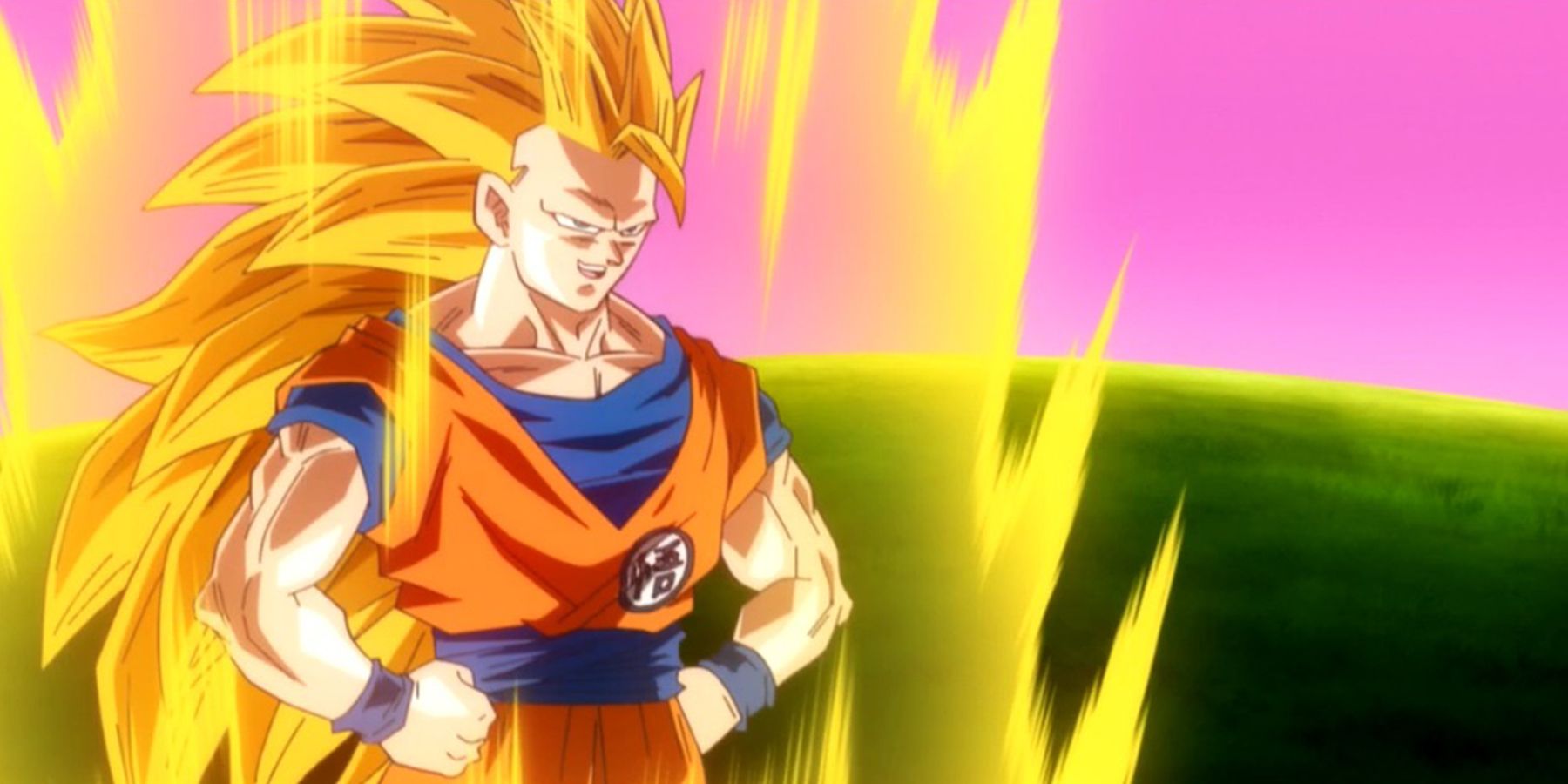
Super Saiyan Third Grade is another transformation famous for being very ineffective. It maximizes strength and raw power, but it dramatically decreases the user’s speed. Super Saiyan Fourth Grade, on the other hand, focuses on stamina, and it is considered the best evolution of the base Super Saiyan form. However, it lacks the power output needed to defeat strong enemies such as Cell or Majin Buu. Super Saiyan 3, then, is simply the next stage in the evolution of forms that improve one specific aspect, but because ki influences every other physical ability of a fighter too, this transformation is the most powerful one. However, the drawbacks and ineffectiveness of Super Saiyan 3 prove that, when he created it, Toriyama was already moving past this power system.

The strongest fighter appearing in Dragon Ball Z is Ultimate Gohan, who does not even need to transform into Super Saiyan and has no stamina issues whatsoever, having unlocked his true power. In the sequel Dragon Ball Super, the path of progressive Super Saiyan transformation is immediately dismissed as ineffective. Whis states that it would be much better if Goku and Vegeta trained to master their base forms and the first Super Saiyan, which is what they end up doing. Essentially, everything that Goku and Vegeta did in Dragon Ball Z was following the wrong path without realizing it. The power of Super Saiyan 3 is actually an illusion that comes from the habit of “forcing” specific aspects of the basic Super Saiyan form beyond their limits, at the expense of everything else.
Super Saiyan 3‘s weakness, then, is not simply an unpopular plot decision taken by Toriyama, it is actually connected to the intricacies of Dragon Ball‘s power system, which is way more complex than it looks on the surface.
